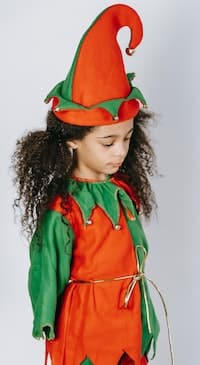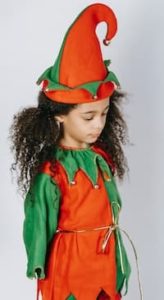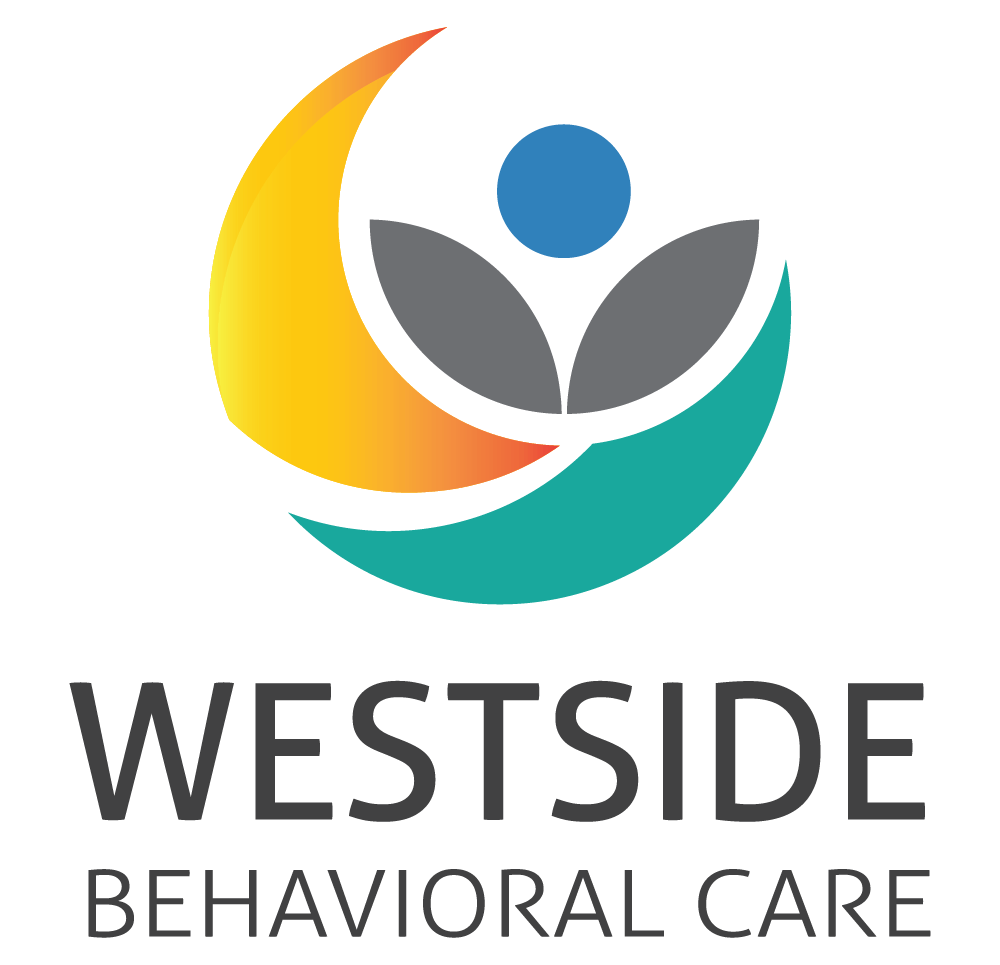
 Although everyone has experienced sadness in their lives, the sadness that occurs during the holiday season is a unique feeling. Especially felt during November and December, holiday depression is commonly referred to as the “holiday blues”. The holidays are associated with festivities and Christmas and are meant to be a time of happiness. Nonetheless, for some people, this isn’t the case and the period may be filled with sad reflection, feelings of loneliness, and anxiety. It isn’t unusual to find that people who usually await the holidays with excitement may feel stressed and depressed too. Christmas can be a highly emotional holiday, demanding and busy, leaving a lot of folks exhausted and overwhelmed.
Although everyone has experienced sadness in their lives, the sadness that occurs during the holiday season is a unique feeling. Especially felt during November and December, holiday depression is commonly referred to as the “holiday blues”. The holidays are associated with festivities and Christmas and are meant to be a time of happiness. Nonetheless, for some people, this isn’t the case and the period may be filled with sad reflection, feelings of loneliness, and anxiety. It isn’t unusual to find that people who usually await the holidays with excitement may feel stressed and depressed too. Christmas can be a highly emotional holiday, demanding and busy, leaving a lot of folks exhausted and overwhelmed.
Prior Issues
People who have had mental health issues in the past may be particularly predisposed to the holiday blues. A large percentage of people have reported that their existing mental health issues have only gotten exacerbated with the onset of the holiday season. The blues during holidays apparently make anxiety and depression much worse than it is at times during the rest of the year.
Signs of Oncoming Sadness
One of the typical symptoms of the holiday blues is a persistent feeling of being sad. This is recurring, usually starting at the beginning of the holidays. Varying in intensity and duration, people may feel blue at certain times for no obvious reason. There may be short periods of feeling upbeat and happy too. Signs of holiday depression may include the following:
• Experiencing feelings of low self-worth
• Experiencing pangs of guilt
• Loss of appetite or an increase in appetite
• Loss of weight or an increase in weight
• Sleep pattern alterations
• Having trouble concentrating
• Loss of joy in doing things that were once enjoyable
• Experiencing feelings of worry, anxiety, or tension
The difference between SAD and Holiday Blues
 Seasonal Affective Disorder or SAD might have symptoms of feeling sadness during the holiday months. SAD is a sub-type of major depressive disorder or MDD. SAD may be experienced by people at certain months of the year or be related to particular seasons. Symptoms of the holiday blues and SAD may have to warrant a differential diagnosis as they are difficult to distinguish. The clues to look for, though, are the severity of symptoms present and their duration.
Seasonal Affective Disorder or SAD might have symptoms of feeling sadness during the holiday months. SAD is a sub-type of major depressive disorder or MDD. SAD may be experienced by people at certain months of the year or be related to particular seasons. Symptoms of the holiday blues and SAD may have to warrant a differential diagnosis as they are difficult to distinguish. The clues to look for, though, are the severity of symptoms present and their duration.
The Clues that Tell You About the Holiday Blues
Holiday depression starts around the early part of November, when it is indicative of the holiday blues. The feeling of being sad disappears around the start of the new year. The symptoms of seasonal affective disorder, on the other hand, lasts for about 40 percent of the whole year. Usually, signs show in late fall and the early part of winter, receding in the spring or early summer.
If you have the holiday blues, symptoms will be generally mild. You may have bursts of feeling sad, but you can go about your normal activities with interspersed periods of feeling good. In case you are diagnosed with seasonal affective disorder, your symptoms will be more severe, and often debilitating. You may not be able to get out of bed and feel really out of it.
Seek Help
 As the holiday season passes, you should feel much better with symptoms of sadness lifting. In case feelings of sadness persist or you still experience anxiety, you should consult your doctor. You may have a mood disorder that may be more significant than just the holiday blues. Blues during holidays may even pass without you thinking anything of it.
As the holiday season passes, you should feel much better with symptoms of sadness lifting. In case feelings of sadness persist or you still experience anxiety, you should consult your doctor. You may have a mood disorder that may be more significant than just the holiday blues. Blues during holidays may even pass without you thinking anything of it.
Diagnosis of the Blues
Just because the holiday blues is not officially recognized as a psychiatric condition, doesn’t mean that you shouldn’t talk to your physician. You should mention any symptoms that concern you.
What are the Causes?
People may go through the holiday blues for several reasons. Possible causes may include one or some of the following:
• Hectic holidays – The holiday season can be a busy time for many. It’s difficult to catch up with household chores, much less catch your breath with a nice cup of coffee. Holiday depression may occur because you feel overwhelmed and helpless.
• Eating and drinking too much – When you experience a bout of sadness, you may reach for the fridge or a bottle of alcohol. Be assured that this is not the way to cope. In fact, if you do indulge in food or alcohol, thinking you will get comfort, you are wrong. Instead of relieving symptoms, they may get worse.
• Loneliness – When you can’t be close to loved ones, you may feel specifically lonely and isolated during this season that is usually celebrated with family.
• Financial burden – The holidays are a time when you may be extending yourself and putting undue financial stress on yourself. Struggling so that you can afford gifts for your loved ones only leads to more anxiety, and ultimately, the blues during holidays.
• Expectations – Many people have unrealistic expectations for the holiday season. Things may not pan out the way you thought they would. For instance, a friend may cancel their trip to be with you. Others may expect you to behave in a certain way, and you may not feel like doing so. All of this may cause stress.
How to Cope
The holiday blues aren’t a major psychiatric disorder and a cause for concern. Nonetheless, if symptoms are persistent beyond the holiday season, you must see a medical practitioner about treatment options. Otherwise, you may try to cope by having a few psychotherapy sessions just to get you through this temporary phase. Garnering social support is a good way to cope too.


